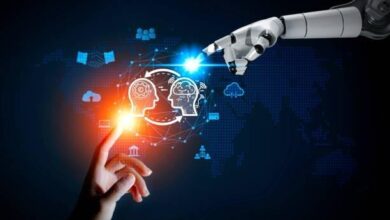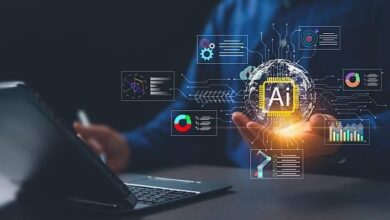Discover the Power of AI for Video Generation and Translation

In today’s fast-paced digital world, video content has become one of the most powerful tools for communication, marketing, and education. But creating high-quality videos, especially in multiple languages, has traditionally been a time-consuming and expensive process. Enter artificial intelligence (AI) — a game-changer that is transforming how we generate, translate, and distribute video content across the globe.
Whether you’re a content creator, educator, marketer, or business owner, AI-powered tools for video generation and translation can help you scale your message, reach global audiences, and boost engagement — all while saving time and money. Let’s explore how this technology works and why it’s quickly becoming essential in today’s content-driven world.
The Rise of AI in Video Generation
AI video generation refers to the use of machine learning algorithms and computer vision technology to automatically create video content. These tools can generate videos from text, audio, or existing visuals, eliminating the need for expensive camera equipment, actors, or complex editing software.
Some of the most impressive free AI video generator platforms today can:
- Convert blog posts or scripts into animated explainer videos
- Create realistic talking avatars that mimic human speech and facial expressions
- Generate branded content using customizable templates
- Automatically add subtitles, music, transitions, and effects
This means that even someone with no video editing skills can now produce professional-looking videos in a matter of minutes.
One of the most popular uses of AI video generation is in marketing. Brands are using AI to create personalized videos for customers, product demos, and social media content at scale. It’s also transforming how news agencies, online educators, and influencers create content.
AI-Powered Translation: Breaking Language Barriers
Now, imagine combining AI-generated videos with AI-driven translation. The result? Seamless, multilingual video content that can reach a truly global audience.
AI translation for video includes two main components:
Subtitle and Caption Translation: AI tools can automatically transcribe speech into text, translate it into multiple languages, and add perfectly timed subtitles.
Voice Dubbing and Lip-Sync: Advanced AI models can replicate human voices and adjust the lip movements of avatars or real people in the video, making it look like the speaker is naturally speaking another language.
This is particularly powerful for:
- E-learning platforms offering courses in multiple languages
- Global marketing campaigns targeting diverse regions
- Multinational companies providing training videos for international employees
- NGOs and government organizations aiming to disseminate vital information across language barriers
The impact is enormous. What once required a team of translators, voice actors, and editors can now be done almost instantly — and with impressive accuracy.
Benefits of Using AI for Video Generation and Translation
Speed and Efficiency
Traditional video production and translation processes can take days or even weeks. With AI, high-quality videos can be generated, translated, and published within hours — or even minutes. This enables faster time-to-market and helps brands stay agile.
Cost-Effectiveness
Hiring actors, translators, and video editors is costly. AI eliminates the need for a large production team, making professional video creation accessible to small businesses, startups, and individual creators.
Global Reach
By using AI translation tools, content creators can reach non-English speaking audiences with ease. This helps grow global traffic, engagement, and revenue without the need to recreate content from scratch.
Consistency and Scalability
AI tools provide consistent quality, tone, and branding across all content. Once the system is trained, you can scale your video production and translation efforts effortlessly.
Accessibility
AI-generated subtitles and voiceovers help make content accessible to people with hearing or visual impairments, contributing to a more inclusive digital space.
Real-World Applications
- YouTubers use AI to translate videos into multiple languages to grow their international subscriber base.
- Educational platforms localize entire course libraries to cater to students around the world.
- Customer support teams create video FAQs in different languages to improve service quality.
- Marketing teams test multiple video versions to personalize ads for various demographics.
Challenges and Considerations
While AI for video translator is powerful, it’s not perfect. Here are some things to keep in mind:
- Accuracy: AI translation may not always capture cultural nuances or industry-specific terms.
- Voice Quality: Although synthetic voices are improving, they may still lack emotional depth in some cases.
- Ethical Concerns: There’s an ongoing debate about the use of AI-generated deepfakes and the potential for misinformation.
However, as the technology matures and more ethical guidelines are put in place, these challenges are being addressed rapidly.
Final Thoughts
AI is revolutionizing the way we create and share video content. From generating stunning visuals to breaking down language barriers, AI is enabling individuals and organizations to communicate more effectively with diverse audiences.
If you’re not already exploring AI for video generation and translation, now is the time. The tools are more accessible than ever, and the potential benefits are too big to ignore. Whether you want to educate, entertain, or engage — AI can help you do it better, faster, and on a global scale.



